 资源简介
资源简介
(共28张PPT)
Unit 5
What an adventure!
Climbing Qomolangma: Worth the risks
Step 1 Revision--translation
1.bring…into focus 2. be crowded with
3. in charge of/ in the charge of / take charge of
4. permit sb. to do sth. 5. without permission
6. be related to 7. be astonished at
8. distinguish …from 9. be surrounded by
10. in broad daylight 11. make an attempt to do
12. be aware of 13. ahead of time
14. As a writer, he is a success.
15. It has been confirmed that we will go back to school
in May.
Step 2: Look at the map and find out each
explorers’ adventure routes by reading
the information of three explorers;
Ferdinand Magellan
Portuguese explorer who sailed west from Spain across the Atlantic and Pacific Oceans in search of a westward route to the Spice Islands. (now part of Indonesia)
Vasco da Gama
Portuguese explorer and the first European to reach India by sea. His initial journey to India opened up the sea route from Western Europe to the east by way of the Cape of Good Hope.
Christopher Columbus
An Italian explorer who completed journeys between Spain and the Americas, marking the beginning of European exploration of the Americas.
Answer: a--- Columbus b---Magellan c---Da Gama
Do you know any other great explorers
in our country
Zheng He
His first voyage started in Yongle three years (1405), and the last voyage ended in Xuande eight years (1433), totaling seven times. Zheng he's voyage to the west is the largest and longest sailing voyage in China in ancient times.
Xu Xiake (1586~1641) was born in Jiangyin city, Jiangsu province. He loved to read history, geography and books about adventure, travelling and so on. After 30 years of travelling, Xu Xiake wrote many travel diaries on famous mountains and other places. After his death, these diaries were collected into a book called The travel diaries of Xu Xiake. The book provides records of geography, hydrology (水文地理学), geology (地质学) and plants.
Which is the highest mountain in the world
Warming up
Mount Qomolangma
Each year, many mountaineers / climbers come to Qomolangma to challenge themselves, among whom there are Chinese climbers.
Climbing Qomolangma:
worth the risks
Look at the map and answer the questions.
1.Who were the first people confirmed to have reached the top of
the mountain When did this happen
2. Why do you think the climbers need so many camps along the route
2. What else do you know about Qomolangma Share the information
with the class
It’s such a long way that it can’t be done within one day. The climbers need camps for a rest and adapt themselves to the environment.
Qomolangma (Everest), the main peak of the Himalayas, is the highest peak in the earth. At an altitude of 8848 meters, it is located at 86.9oE and 27.9oN. right on the east section of the Sino-Nepal border, with the north slope in Tingri County (定日县)of the Tibet Autonomous Region, the people's Republic of China, and the south slope in the Kingdom of Nepal.
Read the text quickly and choose the author’s purpose in writing the passage.
1. To encourage people to climb Qomolangma if
fully prepared, as risks bring many benefits.
2. To remind people to balance the benefits and
risks before deciding to climb Qomolangma.
3. To suggest that people stop taking risks and
climbing Qomolangma, as the risks outweigh
the benefits.
Climbing
Qomolangma:
Worth the risks
Introducing the topic
Reasons for the climbers’ risk-taking
Conclusion
Para 1
Subjective
reasons
Scientific
reasons
Para 7
Para 2
Para 3
Para 4-5
Para 6
Climbing Qomolangma is a special experience
It’s up to the readers to decide whether it is
Worth the risks to climber Qomolangma.
George Mallory
Alan Arnette
Perhaps part of human
nature: Type T personalities
Man’s desire to expect
to benefit the result
Read the passage and find out What “Type T” personalities are.
People with “Type T” personalities would like to take risks and don’t think they are taking risks and they don’t expect to die.
Complete the paragraphs with the expressions from the passage.
Why do people climb Qomolangma
George Mallory
What people get from this adventure is just _____________. People eat and make money to be able to __________, not the other way round.
sheer joy
enjoy life
Alan Arnette
Each person has a (n) __________ reason for climbing a mountain. It forces people to _______________ themselves. To succeed, people must have the physical as well as __________toughness to push.
unique
look deep inside
mental
Scientific reasons
Risk-taking may be part of _____________. People who are more likely to __________ have “Type T” personalities. Research also suggests that our desire to seek risks can be connected to how much we expect to ____________________.
human nature
take risks
benefit from the result
Climbing Qomolangma is worth the risks
I think it is worth the risks. On one hand, climbing the Qomolangma means self challenge, which can train our strong will. On the other hand, its value lies in people’s conquering difficulty one after another.
Think & Share
1. Do you agree with Mallory’s and Arnette’s
opinions Why
2. If you were given the chance, would you
like to climb Qomolangma Why or why
not
Climbing Qomolangma: worth the risks
Climbing Qomolangma is an experience like no other.
George Mallory
sheer joy
live to enjoy life
Alan Arnette
bring what’s important to you into focus
Frank Farley
Type T personalities
take risks and do not expect to die
thinking
Desire to seek risks is connected to the benefits from the result
It’s up to you to decide whether benefits are worth risks.
Write a short passage about your adventure experience or dream. (at least 100 words)
展开更多......
收起↑
 资源预览
资源预览
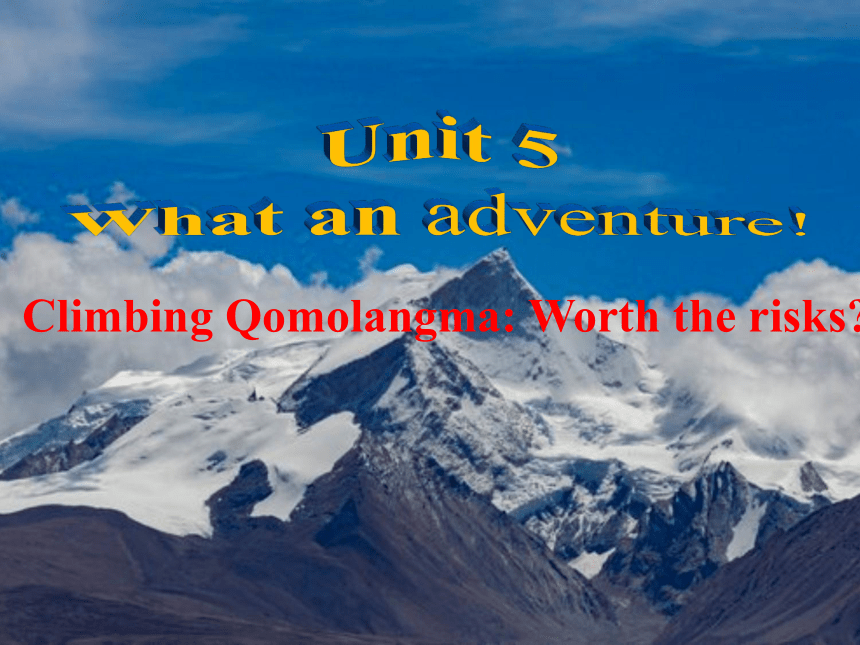
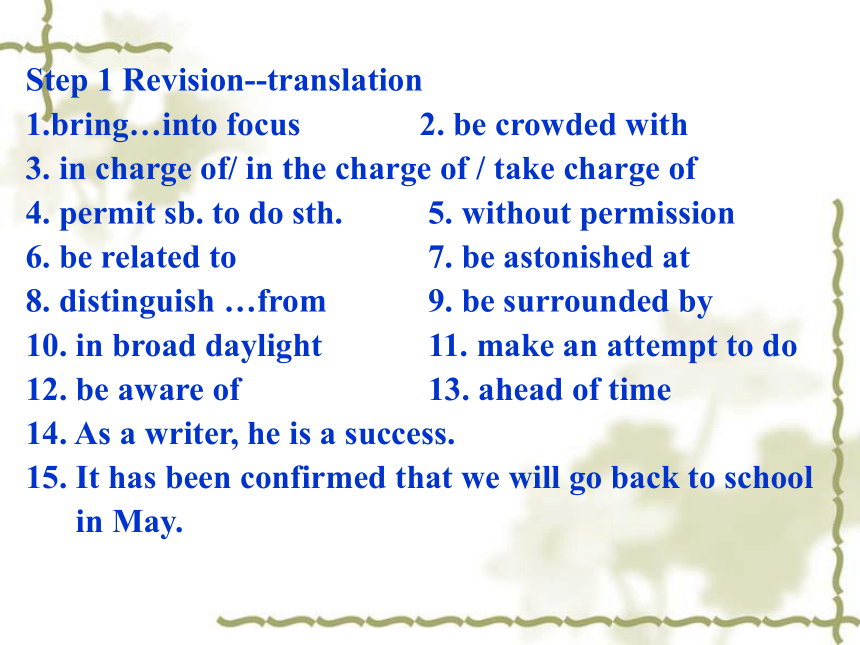
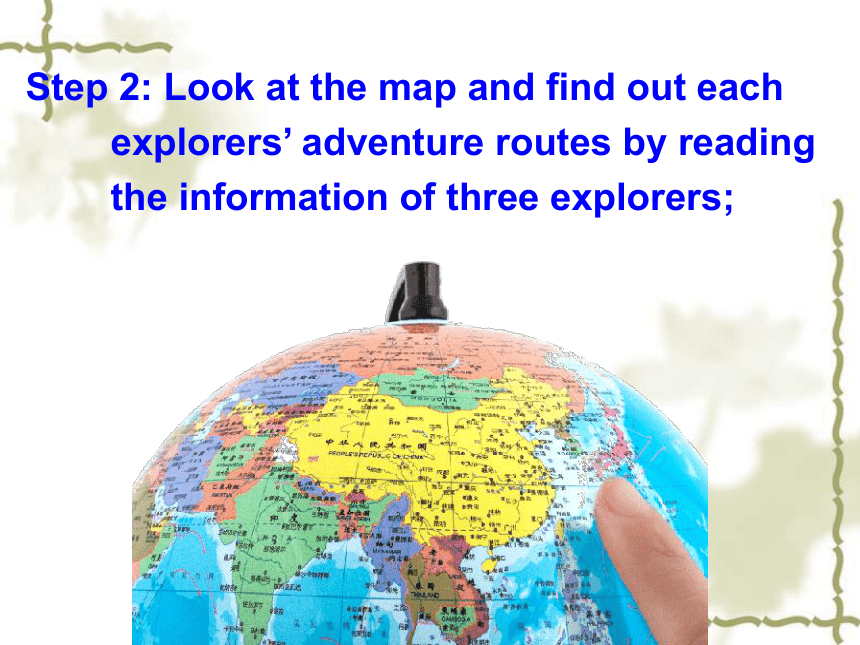
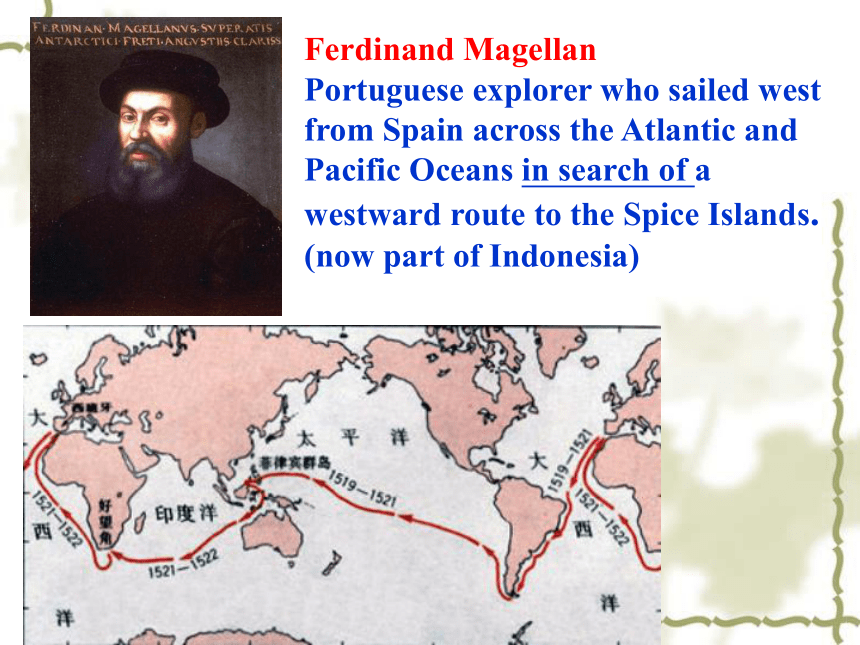
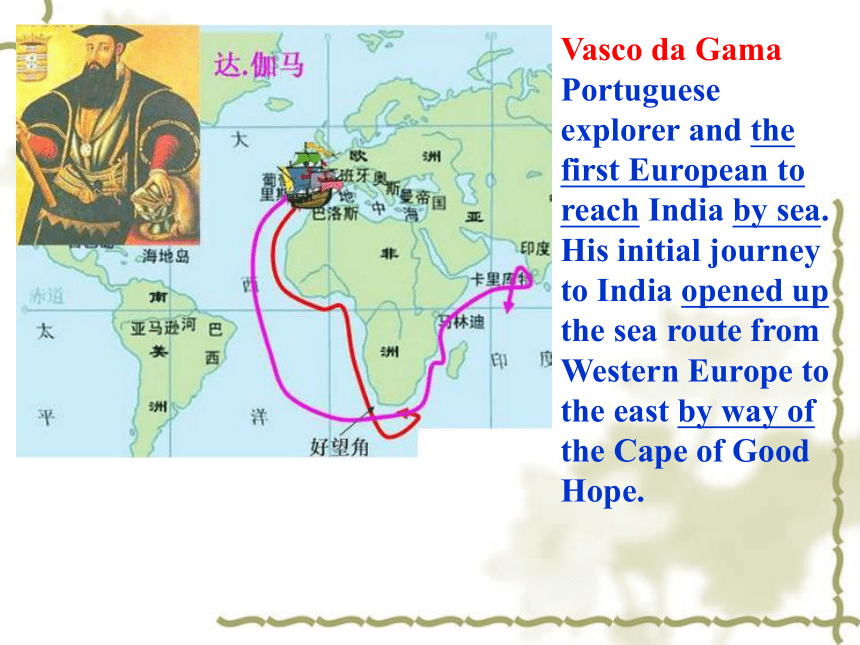
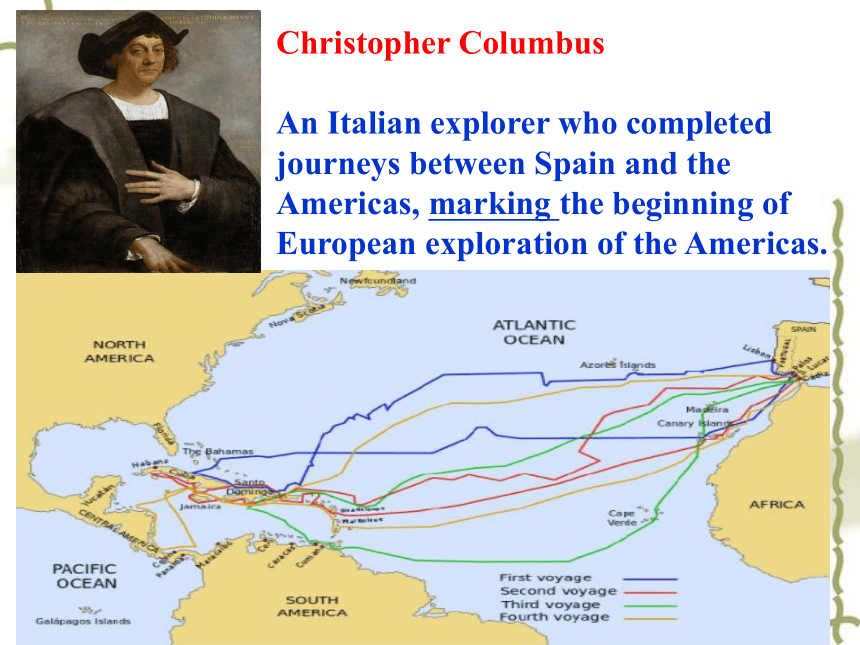
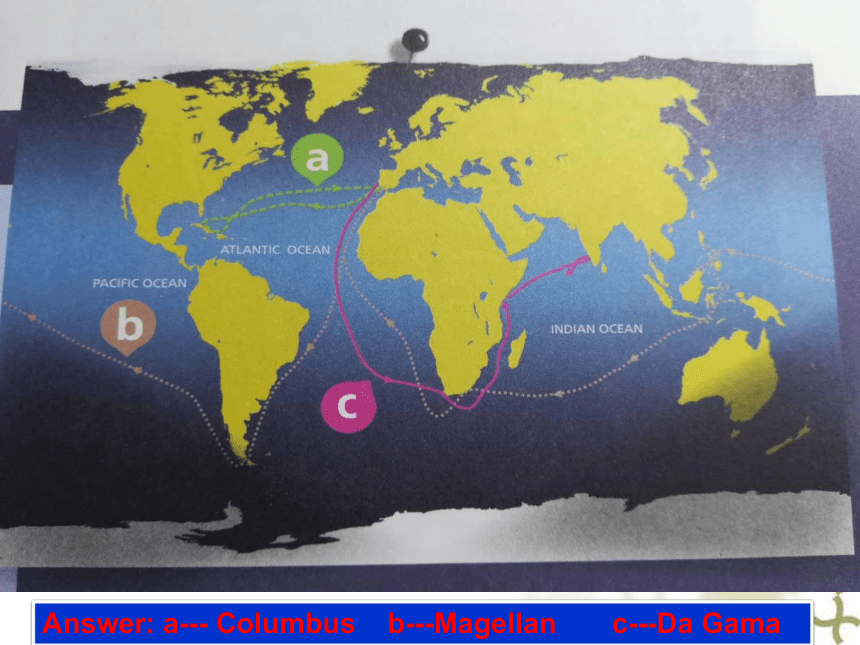
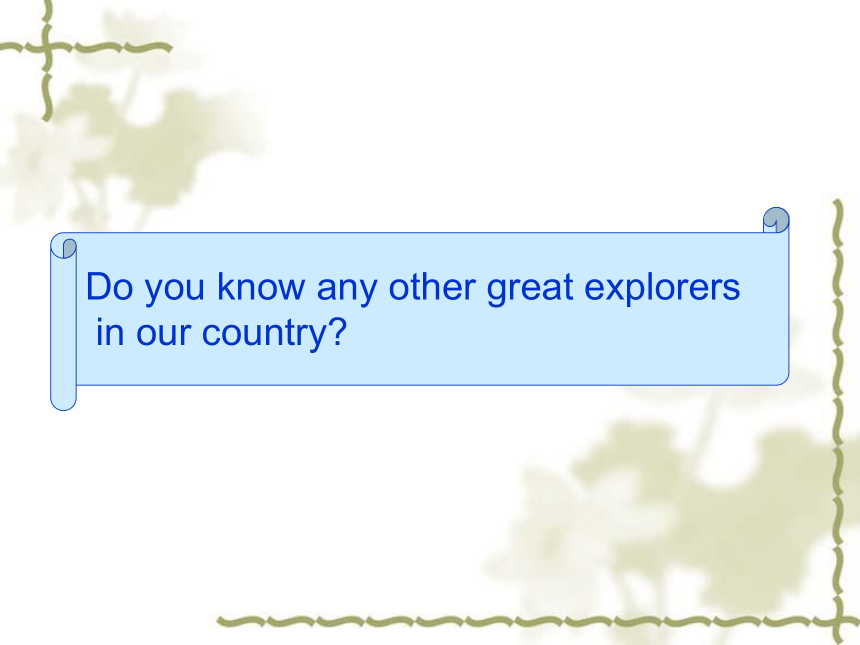
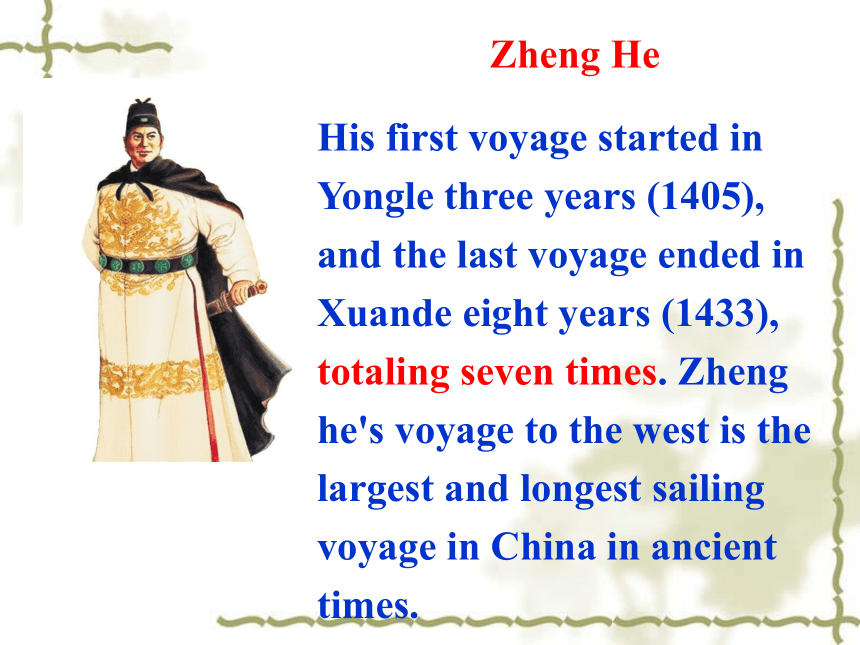
 资源预览
资源预览








